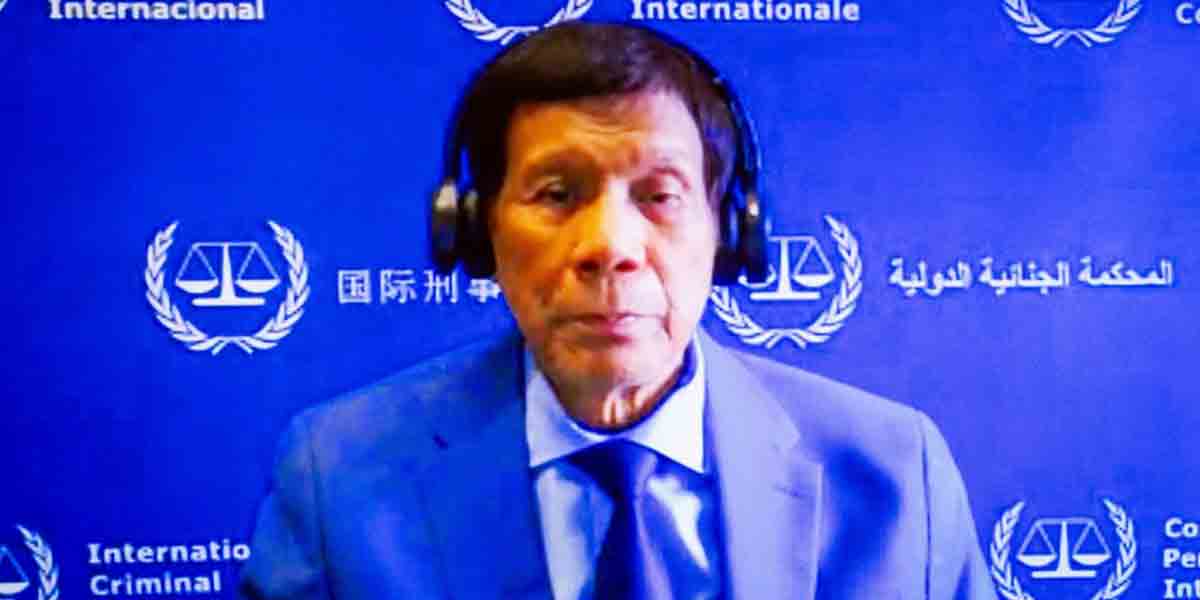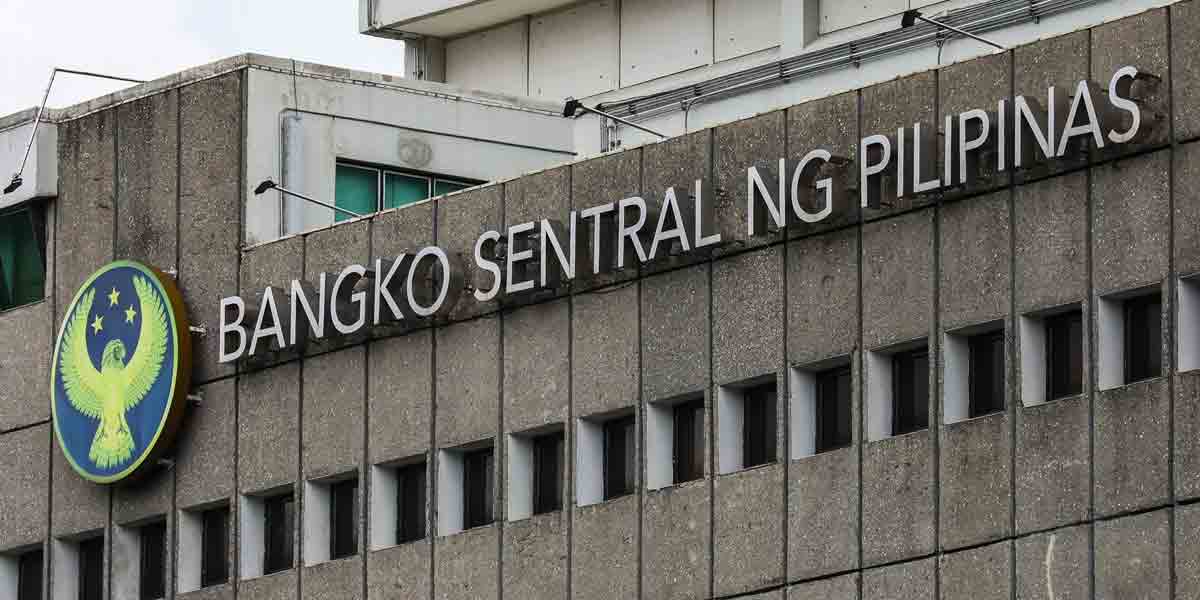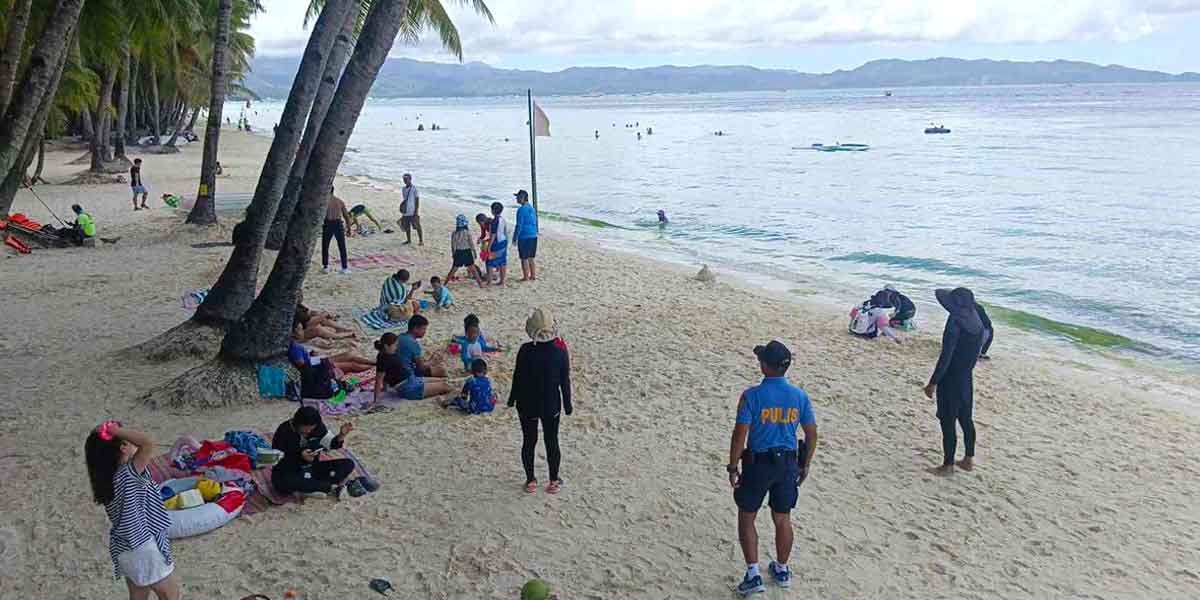By Harrison Prétat
In 2021, Vietnam began expanding some of its small- and medium-sized outposts in the Spratly Islands through dredging and landfill. As of now, that effort has resulted in over 2,200 acres of new land being created across ten features, with eight new harbors and one new airstrip completed thus far. The scale of Vietnam’s island building is second only to China’s, which created 3,500 acres of land in the Spratlys from 2013 to 2017. And, like China, Vietnam’s dredging campaign will have permanent and far-reaching effects.
Deployments and Defense
Since China completed the expansion of its own artificial island bases in 2017, it has used those ports to operate continuous coast guard patrols and flotillas of maritime militia across the Spratlys. Vietnam’s new outposts will offer similar logistical advantages, allowing ships to deploy to the islands for longer and keep better watch over far-flung outposts and protect against Chinese harassment of oil and gas activities at sea. But Hanoi’s navy and coast guard are nowhere near the size of Beijing’s, and fleet modernization has slowed to a crawl in recent years. This means that while Vietnam will now have the logistical capacity for longer deployments, it still doesn’t have the number of ships needed to sustain anywhere near the pace of operations of China. Given this continued disparity, Hanoi may make use of its maritime militia to keep up its presence in the near term.
The expansion will also make the islets themselves more defensible. Many of the recently expanded outposts previously consisted only of isolated concrete structures with just enough space to house a dozen or so personnel. The transformation into full island bases will afford more real estate for anti-ship artillery and rocket systems, coastal defense emplacements, and additional radar and sensing capabilities. Despite these upgrades, it remains unlikely that Vietnam could hold the islands against a concerted Chinese effort to take them. But the cost of Beijing doing so would undoubtedly be higher, and any effort to dislodge the defenders would be a bloody affair that would be likely to escalate into a broader conflict.
Claimant Responses
Thus far, there has been little public response to Vietnam’s island building, most surprisingly from China. Beijing has said virtually nothing in public save for a tepid restatement of China’s claim over the area in February. And China’s coast guard and militia, focused instead on harassing the Philippines, have made no effort to interfere with Hanoi’s efforts. Beijing may have simply concluded that it won’t be able to stop Hanoi without incurring an unacceptably high risk of escalation. And with the Philippines moving to dramatically revitalize its alliance with the United States and organize regional opposition to China’s claims since 2022, Beijing may be especially wary of damaging its relations with Hanoi, lest it create an opportunity for a more unified response from the Association of Southeast Asian Nations (ASEAN) claimants.
Those claimants, including the Philippines, Malaysia, and Indonesia, have also remained relatively quiet about Vietnam’s island building. No one anticipates that Vietnam will use its bases to restrict freedom of navigation or launch challenges to fishing or hydrocarbon activity. And, at least in the near term, neither the Philippines or Malaysia is likely to jump on the bandwagon and significantly expand their own outposts in the Spratlys, for different reasons: Manila cannot afford to abandon the moral high ground if it hopes to proceed with its planned legal challenges to China’s claim, and Kuala Lumpur has historically been the last of the claimants to take any step that could be seen as provocative. But in the long term, the strategic consequences of Hanoi’s expansion may be hard to ignore. If both Chinese and Vietnamese ships begin to operate from the Spratlys en masse, the Philippines may eventually decide that it, too, needs additional real estate at its outposts to support a more consistent presence for its coast guard. And if all the other claimants have them, Malaysia might begrudgingly follow suit to protect its oil and gas activity.
A Complication for Legal Challenges
Vietnam’s reclamation does nothing to change the nature of Vietnam’s territorial or maritime claims, or the legal status of the features themselves. It is also unlikely to make a major impact on negotiations for the ASEAN–China Code of Conduct (COC) on the South China Sea, which have been stalled for two decades over more fundamental issues of geographic scope and whether the code is to be legally binding. But by joining China in using environmentally destructive cutter-suction dredgers to carve out thousands of acres of coral reef, Vietnam may have weakened one potential avenue the Philippines had been eyeing as its next step in seeking legal recourse against Beijing.
Frustrated with the lack of progress on the COC and facing increased harassment by China at sea, the Philippines filed and won an international arbitration case against China’s claims in 2016. Since the Ferdinand Marcos Jr. administration entered office in 2022, Manila has rallied international support around that outcome and has declared its intent to mount a second legal challenge against Beijing. Currently, it is deciding between filing another case under the UN Convention on the Law of the Sea Annex VII focused on the environmental destruction caused by China’s activities, or a broader case to a different international platform, potentially the International Court of Justice.
Some recent remarks from Filipino Justice Secretary Crispin Remulla have hinted that Manila is leaning toward bringing the environmental case. But that option might be less appealing now that Vietnam is on pace to match China’s level of dredging in the Spratlys. The actual case against China would still be sound—regardless of what Hanoi has done since, it is still an easily observable fact that China destroyed thousands of acres of coral reef through its own island building. But unless Manila also files a case against Vietnam, which it has no interest in doing, given Hanoi’s otherwise helpful voice on South China Sea issues within ASEAN, the impact of environmental charges against China will be in question. Beijing will be quick to point out the difference in treatment and brand the case a cynical tactic of U.S.-led efforts to unfairly contain China. And though the second half of that argument is unlikely to find purchase in the region, the double standard will give countries who would prefer to remain on Beijing’s good side an easy excuse to withhold their support for the proceedings. Even once the Philippines won its case, which it likely would given the preponderance of evidence, the ordeal might end, counterintuitively, with the Philippines effectively ceding some of the moral high ground that it has been successfully leveraging to build international support against China’s claims.
Given this potential, Manila would be wise to consider the advantages of instead filing a broader case that looks at more than environmental issues. By filing a case that includes arguments against China’s truly exceptional maritime claims, Manila could avoid the appearance of a double standard and make it easier to rally international support for its cause.
Harrison Prétat is deputy director and fellow with the Asia Maritime Transparency Initiative at the Center for Strategic and International Studies in Washington, D.C.
This article was first published in Commentary produced by the Center for Strategic and International Studies (CSIS), a private, tax-exempt institution focusing on international public policy issues. Its research is nonpartisan and nonproprietary. CSIS does not take specific policy positions. Accordingly, all views, positions, and conclusions expressed in this publication should be understood to be solely those of the author(s).






















